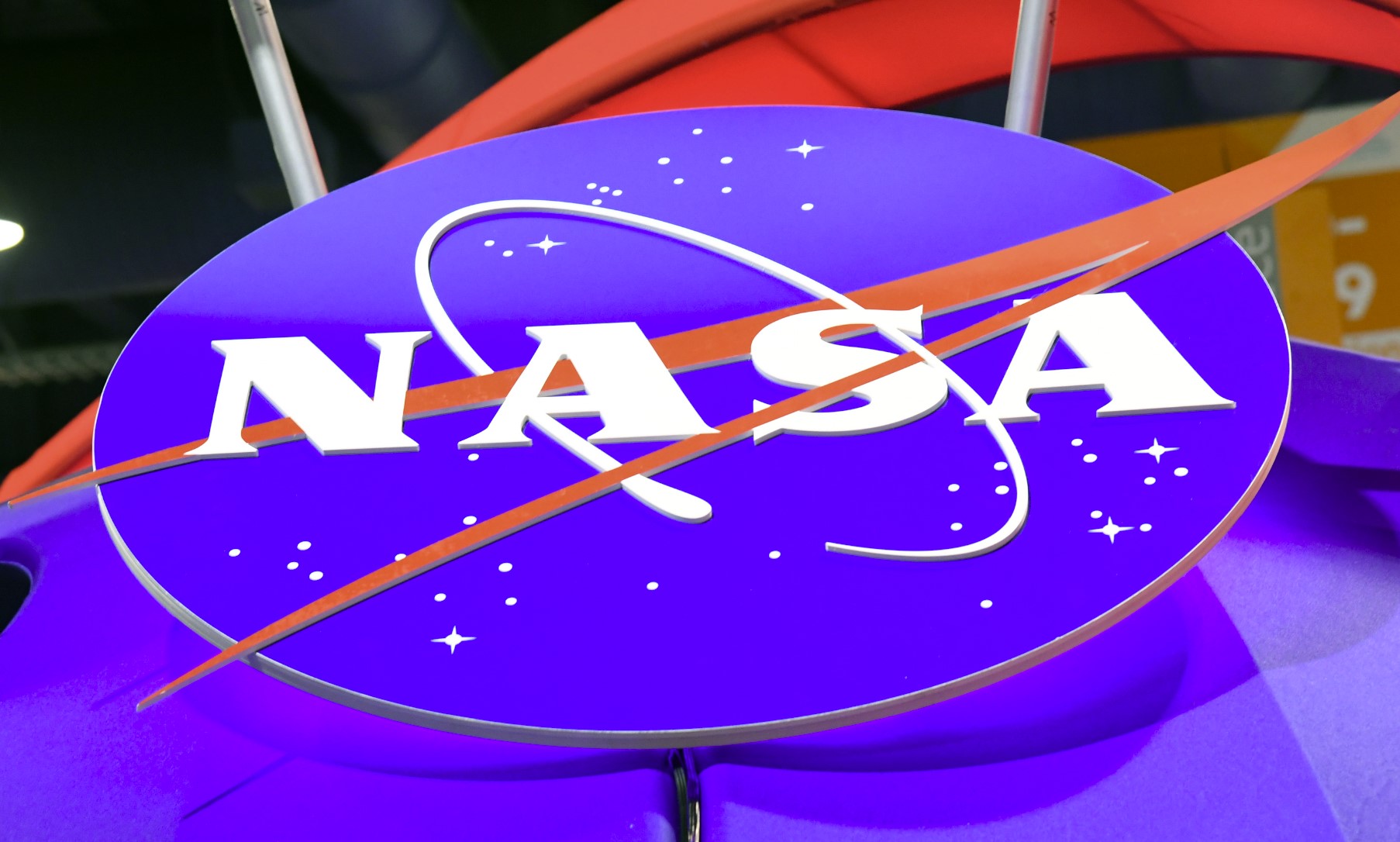NASA will study the UFO phenomenon from a scientific point of view

NASA is interested in learning more about the many unidentified flying objects that appear in the sky. This fall, NASA will launch a team to study UFOs, now known as UAPS (unidentified aerial phenomena). While it may be easy to assume that UFOs are only a part of fiction and conspiracy theories, NASA's statement right away states there is "no evidence" they are extraterrestrial in origin.” Instead, the objective of the mission appears to be on data gathering and expanding our scientific knowledge of UAPs. There's a clear-cut motivation for it. Unidentified flying objects — regardless of origin — might endanger flight safety and national security, according to military officials.
The few known sightings of UAPs make it challenging to draw scientific conclusions about these events. Unidentified atmospheric phenomena are both national security and air-safety relevant. Identifying natural occurrences is a crucial first step in determining whether or not such events are natural, which coincides with one of NASA's aims to ensure aircraft safety, according to the agency's statement.
NASA is not the only federal agency interested in UAPs. Last month, the first congressional hearing on UFOs in more than 50 years was held, where Pentagon officials acknowledged that reports of UAPs are presently happening more frequently than they have in the past. Since 2004, there have been over 143 unidentified flying objects (UFO) incidents reported to the Pentagon, and none of them has been explained, according to a report released last year by the Office of the Director of National Intelligence.
The NASA-sponsored UAP study will be led by Simons Foundation astrophysicist David Spergel and NASA's Daniel Evans, the agency's assistant deputy associate administrator for research at the Science Mission Directorate. The researchers will work with a group of specialists in science, aeronautics, and data analytics to complete the project, which will take nine months. According to NASA, the research will be published in a peer-reviewed journal and will also be made public.
Source: www.engadget.com